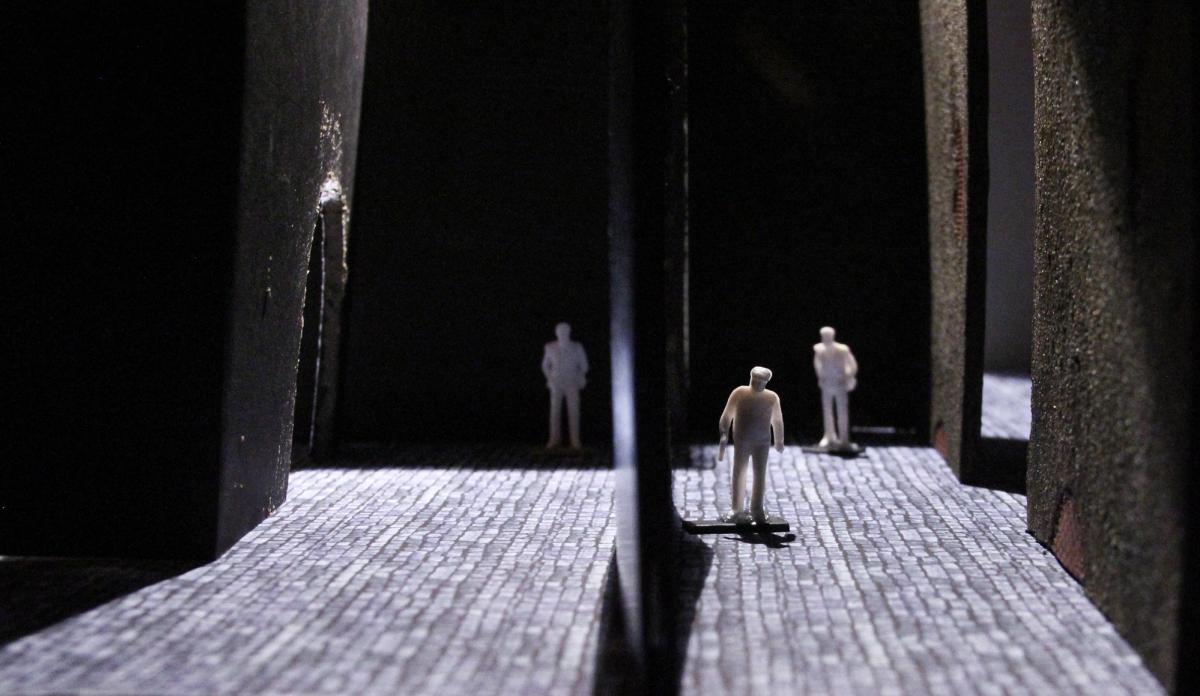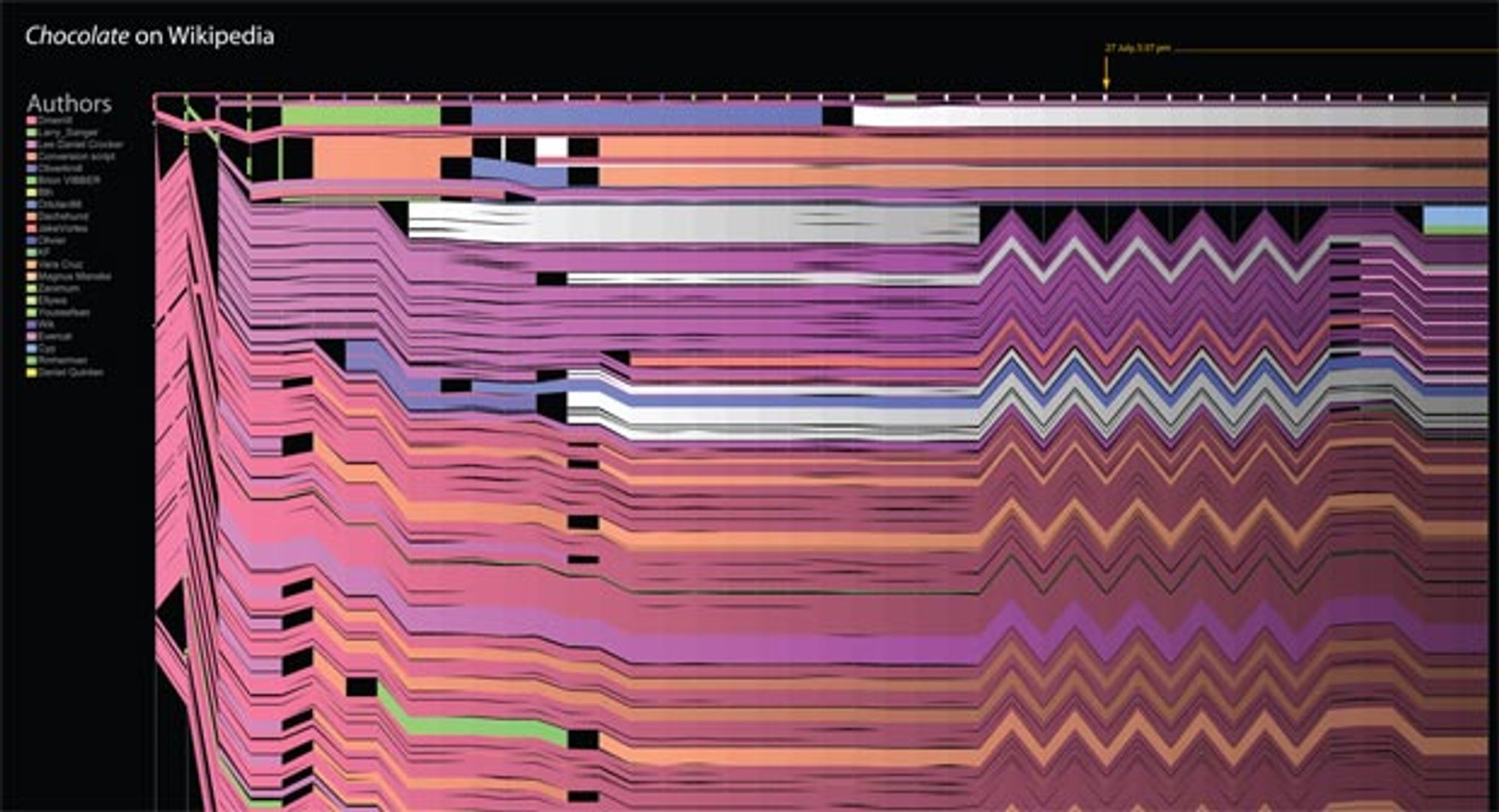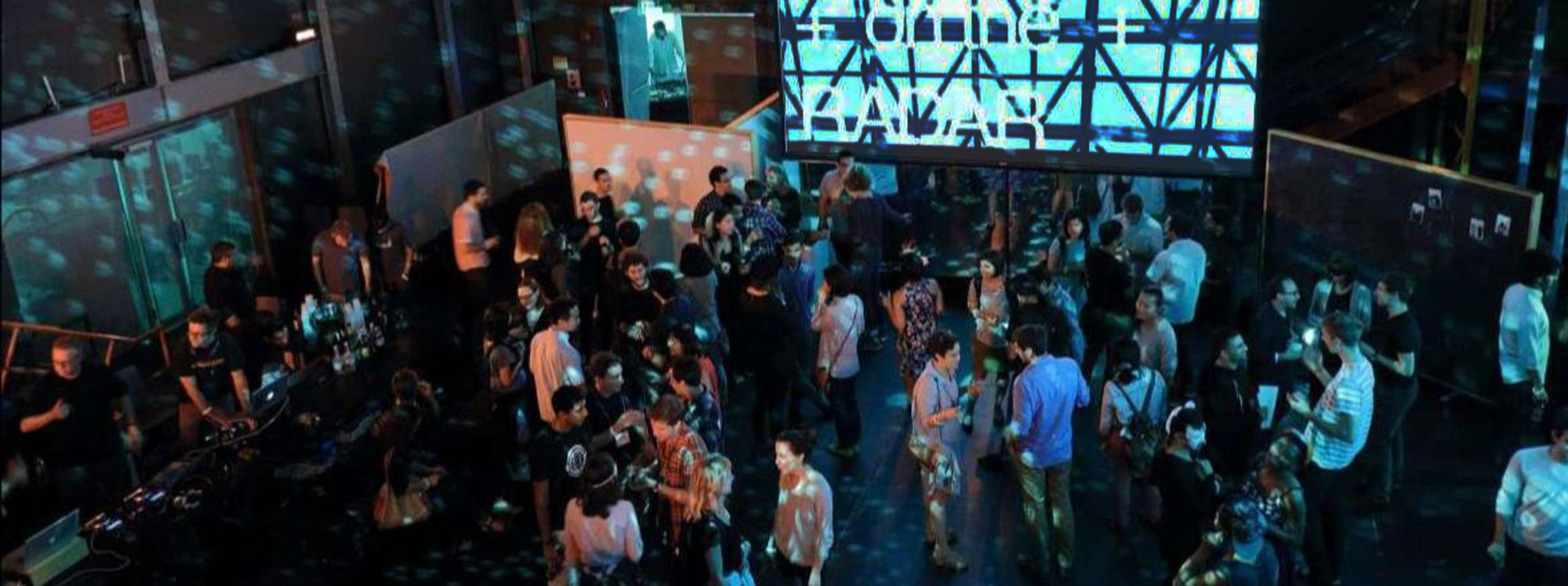MIT Theater Students Learn Design Through the Power of Play
Under the guidance of MIT Theater faculty such as Sara Brown and Christian Frederickson, students are invited to draw upon their personal experiences to create evocative designs. Through hands-on courses in set and sound design, they develop unique skills and gain insights into the emotional and expressive potential of theater. This approach not only enhances their technical abilities but also fosters a deeper connection with audiences and their own creative processes.
By Michelle Luo
Jul 30, 2024

Whether it’s a rendition of Shakespeare’s Macbeth or a more contemporary script, each theater designer has an opportunity to contribute something unique: a design informed by personal experience. “If you feel it personally, an audience will also feel it personally,” says Sara Brown, professional set designer, professor of Theater at MIT, and a member of the Morningside Academy for Design (MAD) Faculty Advisory Council.
Unattributed student design for one of the cities described in Italo Calvino's Invisible Cities; photo courtesy of Sara Brown.
As a Mechanical Engineering and Theater double major, Alayo Oloko ‘25 often finds herself at the western end of MIT’s campus in Building W97 where the academic program in Theater at MIT is based.
During her time as an actor, designer, and technical crew member in student-driven theater at MIT, Oloko has overseen the chaos of “tech week” where design decisions and rehearsals come together on a pressure-cooker timeline. She calls theater a team sport: “If you mess something up or you drop the ball, it doesn't just impact you. It impacts the entire production and the entire end product,” she recounts.
But just like team sports, theater is, at its heart, a kind of play, whether under the limelight, backstage, or in the classroom. “We're always laughing during rehearsals or technical meetings because you're always surrounded by a bunch of other creative people. And you're bouncing ideas off each other as you're all bonded together by a common goal,” says Oloko.
Designing for Theater
In the theater world, a team of designers, makers, and actors often bring a writer’s script to the stage with the help of a director. Traditionally, design responsibilities in theater are taken on by different people — set, sound, lighting, and costume designers form the core of the design team. Just as in a sport, each team member is entrusted with bringing out their best while cooperating with the whole team.
Whether it’s a rendition of Shakespeare’s Macbeth or a more contemporary script, each theater designer has an opportunity to contribute something unique: a design informed by their personal experience.
says Sara Brown, professional set designer, professor of Theater at MIT, and a member of the Morningside Academy for Design (MAD) Faculty Advisory Council.
Theater designers can invoke their personal experiences to create worlds with “friction,” a metaphor for the emotional work of individuals needed to grapple with new ideas presented in an artistic piece. “It is a world that has friction that then the actors have to deal with, or a director has to manage, or an audience has to manage,” explains Brown.
This integration of personal experience in design proves critical for a cultural function of theater — to invite an audience to feel represented or empathize with different perspectives — and furthermore, reflect the intricacies of real life.
However, digging into one’s personal experience can be challenging for young designers. As with children roughhousing or building sandcastles, play is an opportunity to experiment in a safe environment and build social and emotional skills, yet is not effortless.
Play in Practice: Exploring Sound
Although professional theater production is notoriously high stakes in practice, subject to constraints such as strict timelines and budgets, the classroom setting, by contrast, allows students to set aside real world concerns and better embrace the imaginative and expressive process of play.
As a sound designer, Frederickson creates audio cues and music to accompany a live performance, making decisions on where to place these cues in time, and when it’s better to let silence speak.
says Frederickson.
The first lesson in his class involves getting to know one’s personal style. In his courses Sound Design (21T.223) and Producing Podcasts (21T.232), Frederickson introduces students to the fields through a “game” he calls Everything is an Instrument. "The reason I call it a ‘game’ is that I think it's fun, and I think my students think it's fun because there are no particular rules,” he says.
In the game, Frederickson and his students take a short recording of a “mundane everyday object” such as a metal water bottle or sheet of paper. After demonstrating the capabilities of Adobe Audition (a digital audio workstation), he lets students loose to manipulate the audio sample and begin finding their own styles.
Trained as a musician, Frederickson considers his sound designs to have a musical quality, though he may be composing with the sound of helicopters and explosions instead of instruments. By playing the game, students tap into their personal interests and experience to inform their sound designs, influencing the play.
Responding and Resonating with Design
Like in Frederickson’s game Everything is an Instrument, Brown introduces her classes to theater design by way of playing with mundane materials. During one of the first in-class exercises for Set Design (21T.220), students in small teams rummage through bins full of scrap paper, fabric, and mat board, prompted by an evocative word to guide their vision and hands.
Set designers work from scripts and references to develop a plan for the overall set — everything from the type of flooring to adding walls and platforms. One traditional method of communicating a set design is to create a physical model. Working with a scale model of W97’s black box theater space, students place their scrap materials into the model; evaluating their designs, these begin to take shape. Brown elaborates: “We start to see that when you make design decisions, you're making design decisions in response to a reality.”
The unpretentious choice of materials and use of a prompt inspire Set Design students like Verose Agbing ‘25 and Alayo Oloko ‘25 to make design choices without hesitation, thwarting the dreaded “blank page anxiety” caused by overthinking.
For Oloko, this “quick and dirty prototyping” is essential to see if something works. “If it does, that's great. If it doesn't, okay, it didn't take too much time,” she says.
But Brown’s mention of “reality” is not to be confused with “real life.” In fact, Brown encourages students to shed any notions of real life constraints. Also involved with student theater outside of the classroom, Oloko prompts:
“My catchphrase in the class became ‘this is not OSHA [Occupational Safety and Health Administration] certified’ because… in the beginning, I was definitely stuck on that notion of being able to stick with real life,” says Agbing. Inspired by modern and experimental theater sets, Agbing recounts gradually letting go of these preconceptions, finding software an even more rewarding and flexible platform for theater design projects.
Set Design students learn Vectorworks, an architecture modeling software, in conjunction with Twinmotion, a 3D visualization software, in a modern approach to theater design. “With the software, I was able to create this beautiful blend of… contrasting lighting and being able to manipulate that intensity was really important,” observes Agbing.
How Play Connects Us
While MIT Theater takes this playful approach to design, it doesn’t mean its objectives are only fun and games. “I don't think that the stakes are lower in theater by any means,” says Frederickson. As an educator, he sees Theater at MIT as a safe setting for students to “explore individual expression” and “develop design skills that you didn't know that you needed or were going to use.”
As theater aims not to replicate reality, it is a chance to “play pretend” for both designers and audiences to consider difficult ideas at a distance. The immersion into a fictionalized world is an opportunity for audiences to feel represented, entertain new ideas, and cultivate empathy. For theater designers, the process of designing a performance allows for the exploration of multifaceted personal experiences which may be challenging or complex.
Echoing Frederickson’s sentiment, technical instructor and video designer Josh Higgason — who offers courses in Lighting Design (21T.221) and Interactive Design and Projection for Live Performance (21T.320) — finds that with his students,
By the end of the term, equipped with the tools to thoughtfully express “big ideas and big emotions,” theater designers and audiences become members of a larger community more able to handle friction and bridge differences. Higgason reflects:
Featured People
Related News
Related Events

From Visual Thinking to Artificial Intelligence

Arts on the Radar 2023

